Macau Travel Guide: Things to Do, What to Eat and Where to Stay
Macau (or Macao) is a geographic and political oddity that makes travel there a rewarding and fascinating experience. Located on the border with China, Macau is a Special Administrative Region (SAR) like Hong Kong. It is unique from Hong Kong, however, due to its Portuguese influence. Its history dates back to 1557 when trading started here.
Macau attracts crowds of tourists who come here mainly for gaming and entertainment. However, that’s not all Macau has to offer. Its history and UNESCO World Heritage Site buildings attract equal awe. If you are planning to travel to Macau, this guide will provide you with the best attractions, places to visit, things to do, and special treats to eat.
Where Europe Meets Asia

Visitors to Macau also need to appreciate that this small territory is not Hong Kong or China. In fact, they can buy t-shirts to remind them of this. Macau is a unique blend of European and Asian cultures. Though, that is rapidly changing as the large gaming, entertainment, and lifestyle complexes become increasingly appealing to travellers.
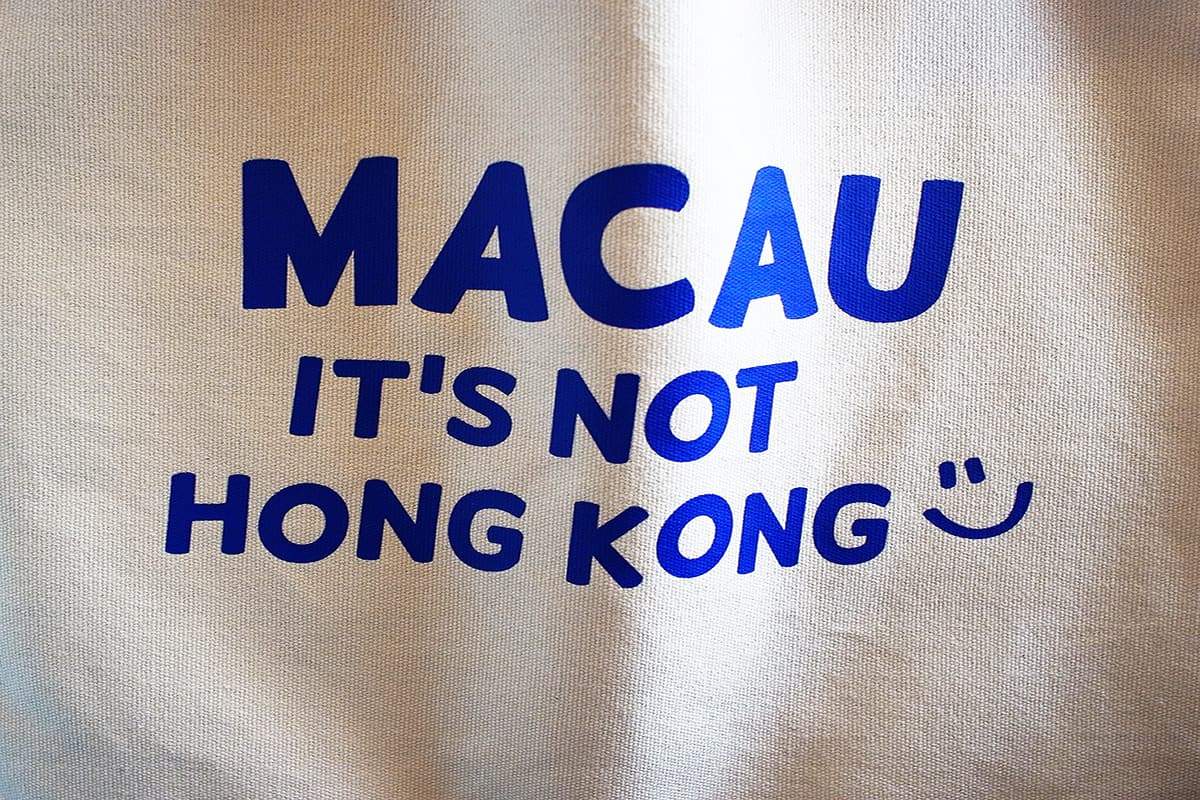
Like Malaysia’s Melaka and Goa in India, the Portuguese traded with and settled in Macau during the 15th and 16th century Age of Discovery.
Portuguese Attractions in Macau

Some of the historic buildings from the Portuguese era are now places to visit in Macau. These include government buildings, churches, and forts.
St Paul’s Church is the most famous and, while it is a ruin, one of its most popular. Built between 1602 and 1640 by the Catholic order of the Jesuits, the church was destroyed in a fire in 1835. That does not stop thousands visiting the remaining stonewalls every day, however. Best of all, visiting the site is free!
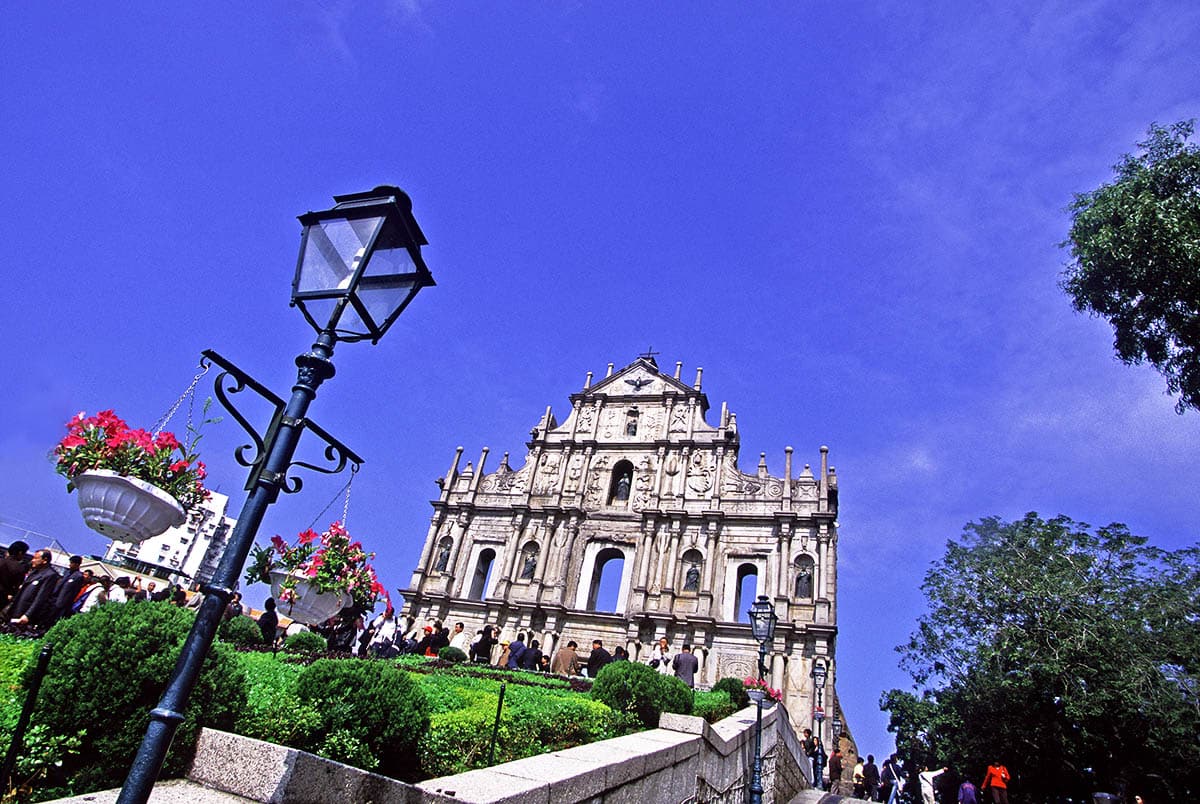
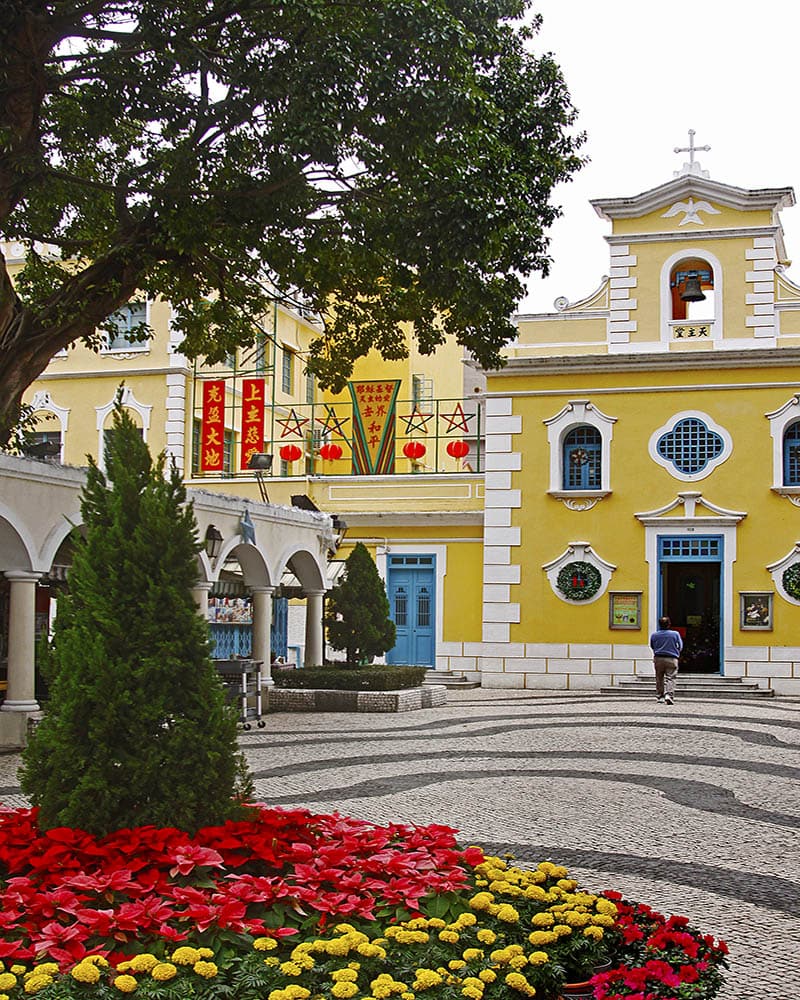
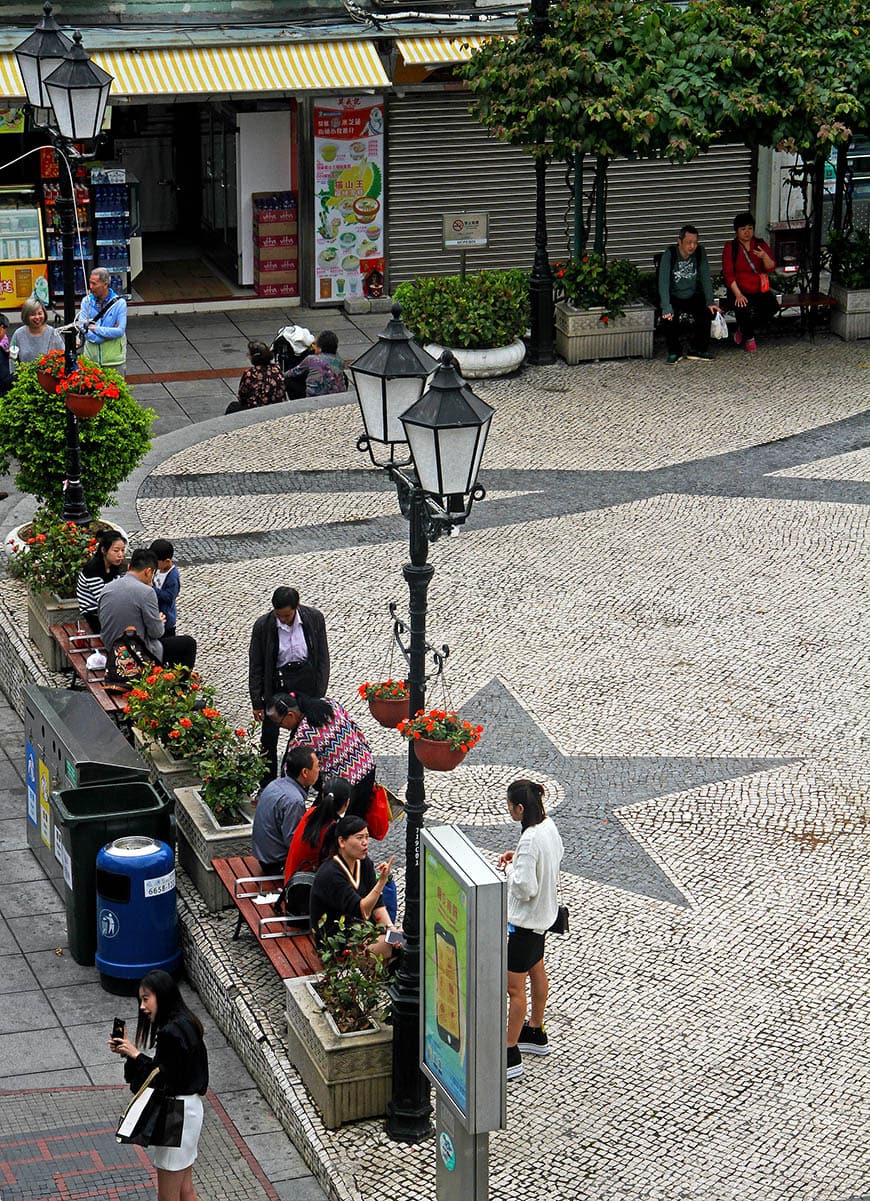
A constant reminder of Portuguese influence in Macau is the blue and white ceramic street signs here. They are all over the territory and display both the Portuguese street name and its Chinese characters. Old lamp posts and flower pot holders add to the decorative streetscape.
In Portuguese, rua means road, avenida (avenue), travessa (lane), and calçada (footpath). Colourful and ornate floor tiling and cobblestone streets are other Portuguese features that remain in Macau.
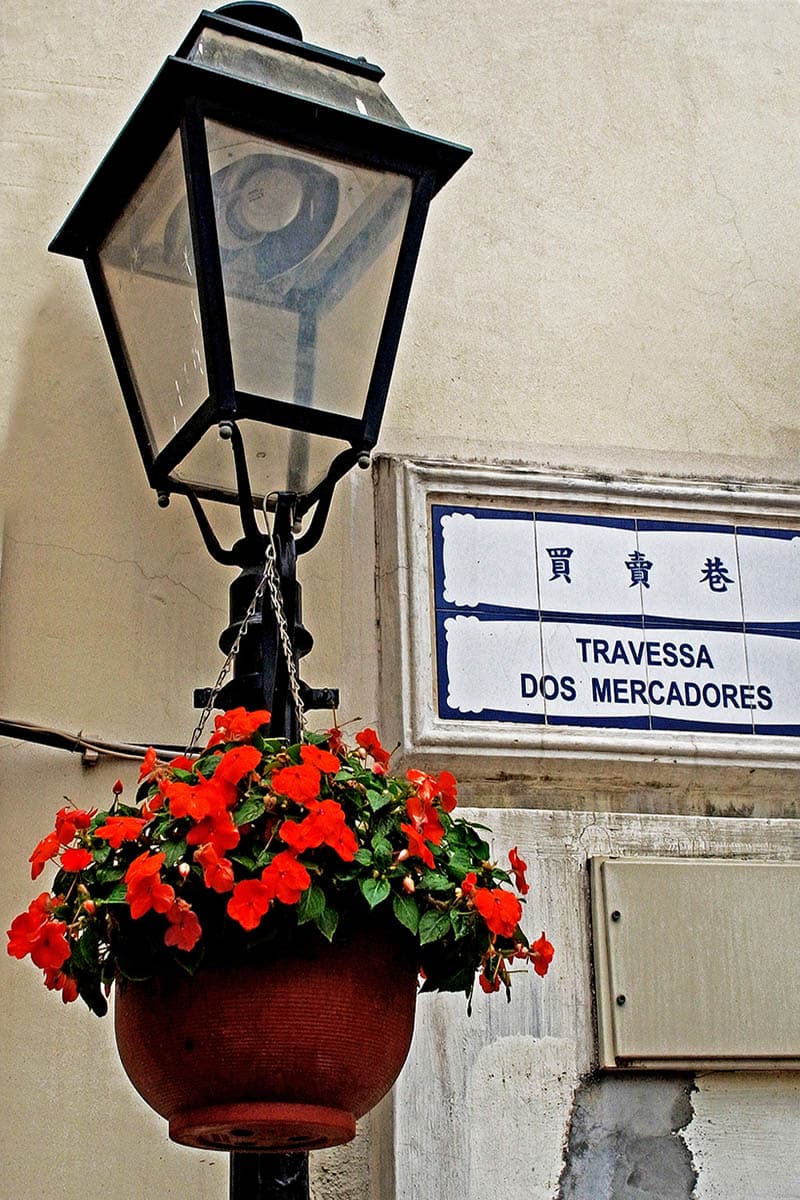
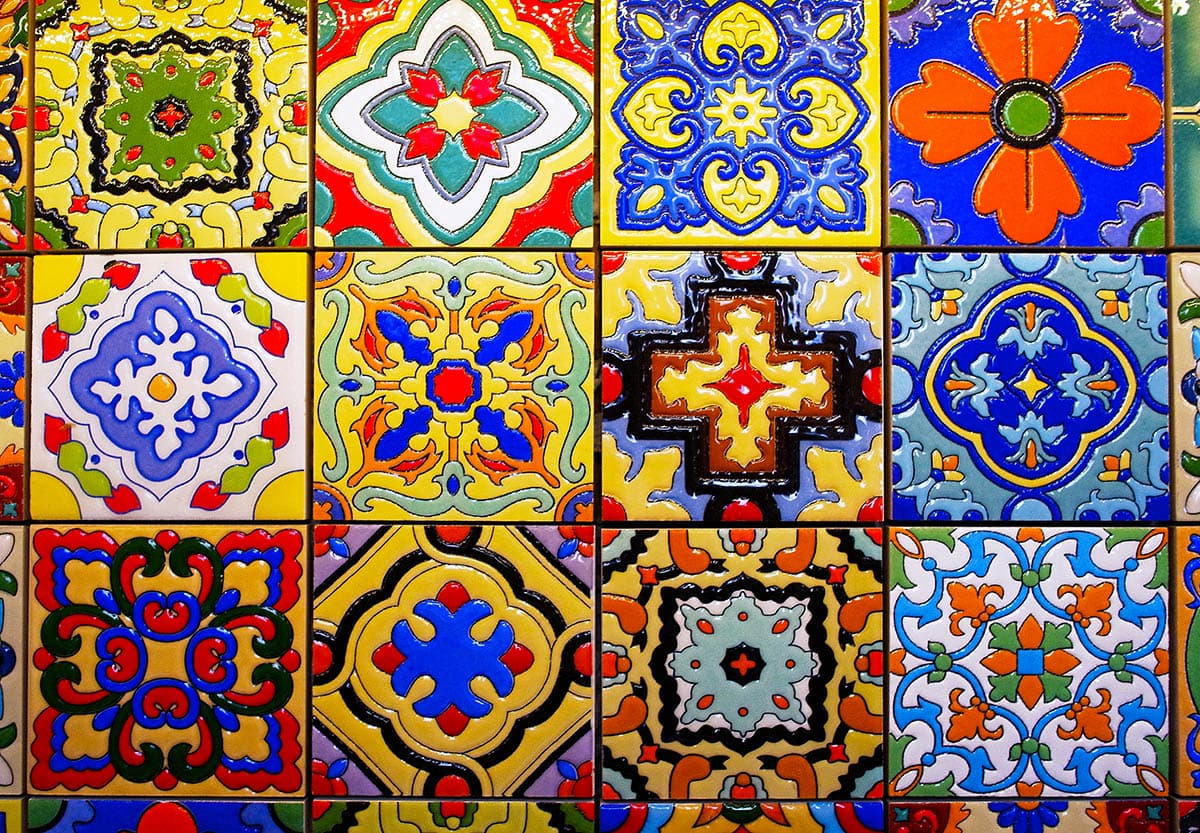
Portuguese Food in Macau

The food in Macau has many influences from Chinese to Portuguese. The famous, and possibly first fusion style, “Macanese” is a blend of Chinese and Portuguese.
As a seafaring nation that Portugal in the 16th century, the Portuguese were pioneers in incorporating spices and ingredients from their colonised countries into their own dishes. As such, South American, African, and Asian ingredients were introduced in Macau’s existing Chinese recipes.
New hotel and entertainment openings have introduced global cuisines to Macau. From Italian to Peruvian, Macau has lured world leading chefs to open signature restaurants in glitzy and glamorous settings.
While almost every style of food is available in Macau, some restaurants stay true to their Portuguese heritage and original recipes introduced with colonisation.
A restaurant worth visiting is Tapas de Portugal in Taipa Village. Order dishes such as grilled squid with garlic (MOP $80), fried fish balls (MOP $75), barbecued jumbo prawns (MOP $308), tenderloin steak (MOP $178) and African chicken (MOP $185). Wine by the glass starts from MOP $50.
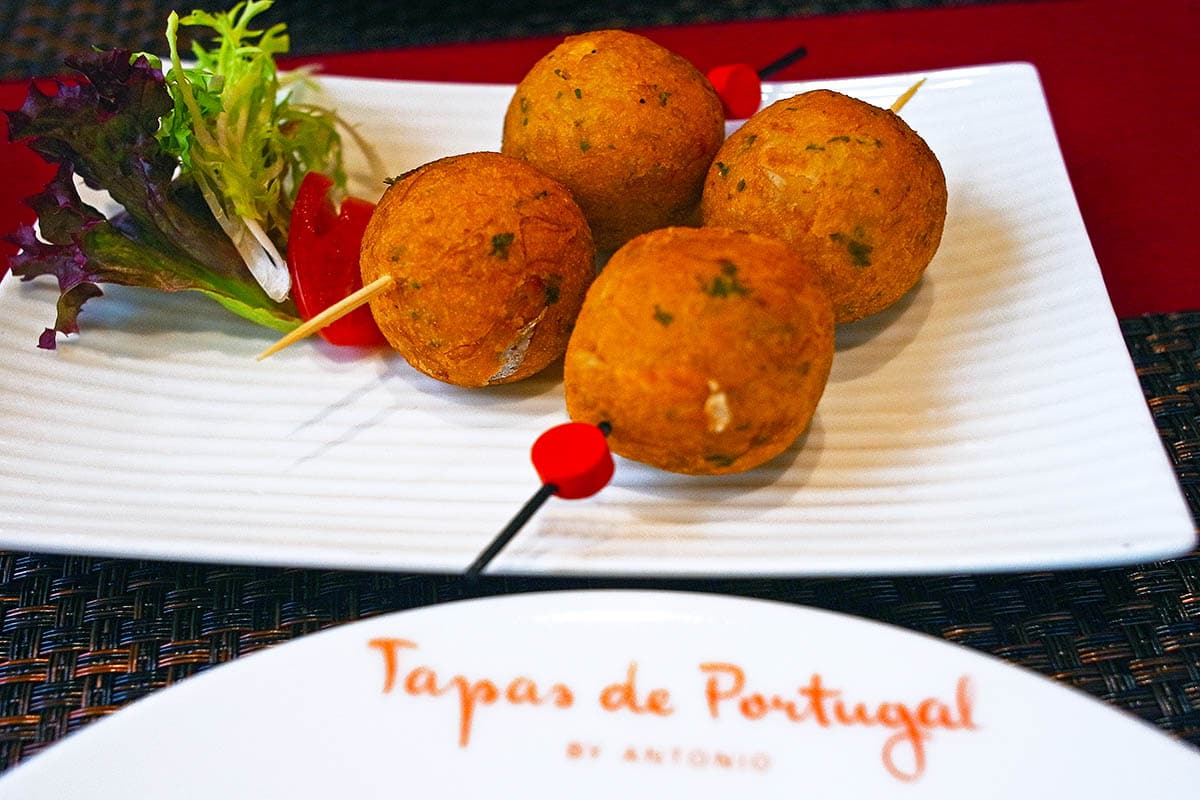
Eating does not necessarily mean eating in fine and expensive restaurants with “food street” or Rua do Cunha in old Taipa town the best place to start sampling. Here, famous crab porridge at Seng Cheong (28-30 Rua do Cunha) costs MPO $200. Fresh seafood such as octopus is grilled over charcoal braziers along the promenade at Hac Sa Beach with prices starting at MOP $25.
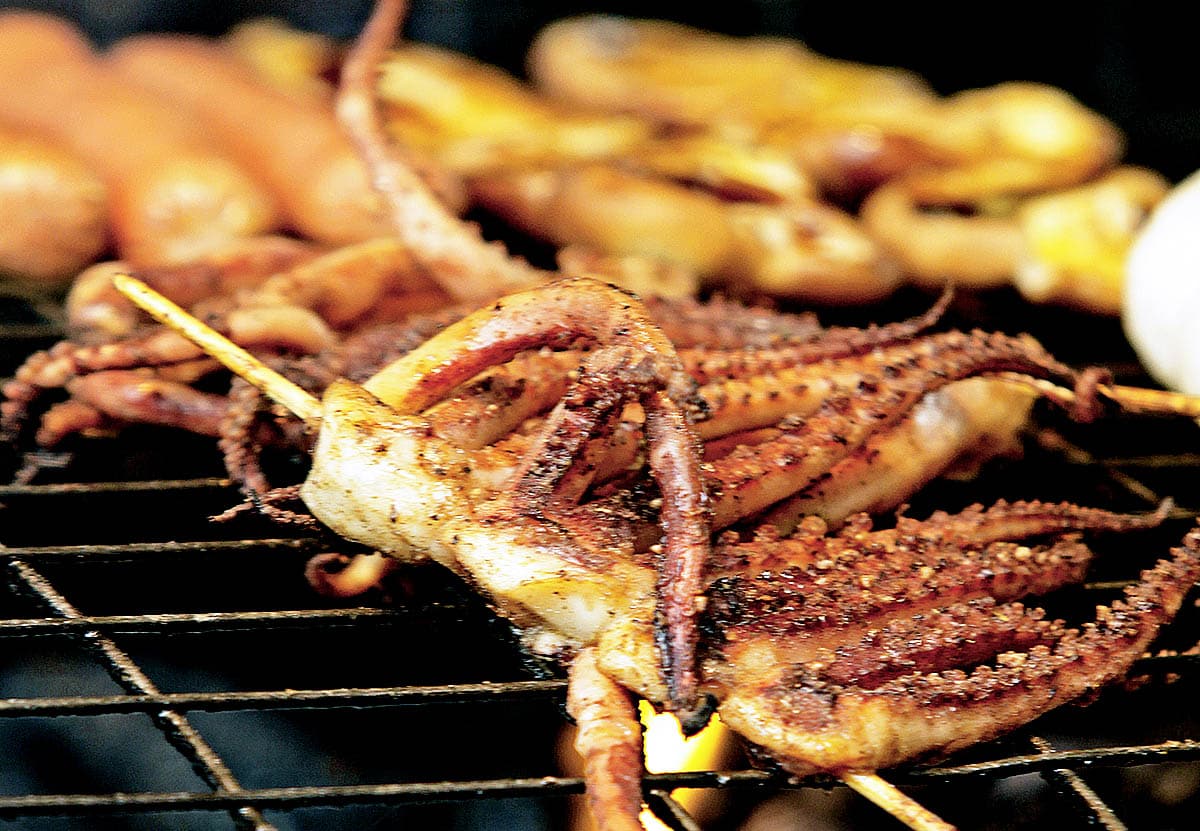
Keen foodies should visit the Taipa Mercado (Market) to get a keen insight into the ingredients that go into the dishes served in Macau’s best restaurants.
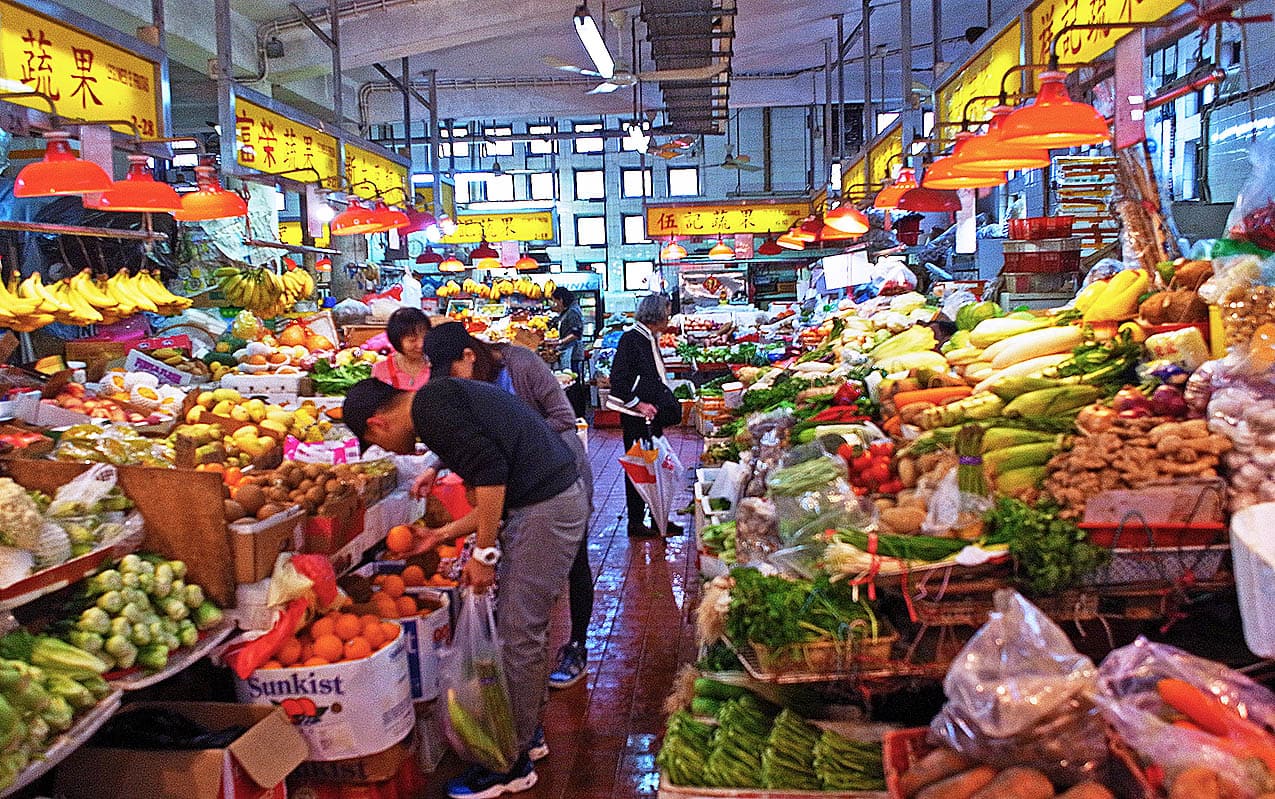
Pastel de nata or Portuguese egg tarts have put Macau on the world-dining map although the original comes from the home country. They have become an icon of Macau, mostly thanks to the late Andrew Stow, an industrial chemist who worked in Macau and seized on the opportunity to create his popular version of this Portuguese staple.
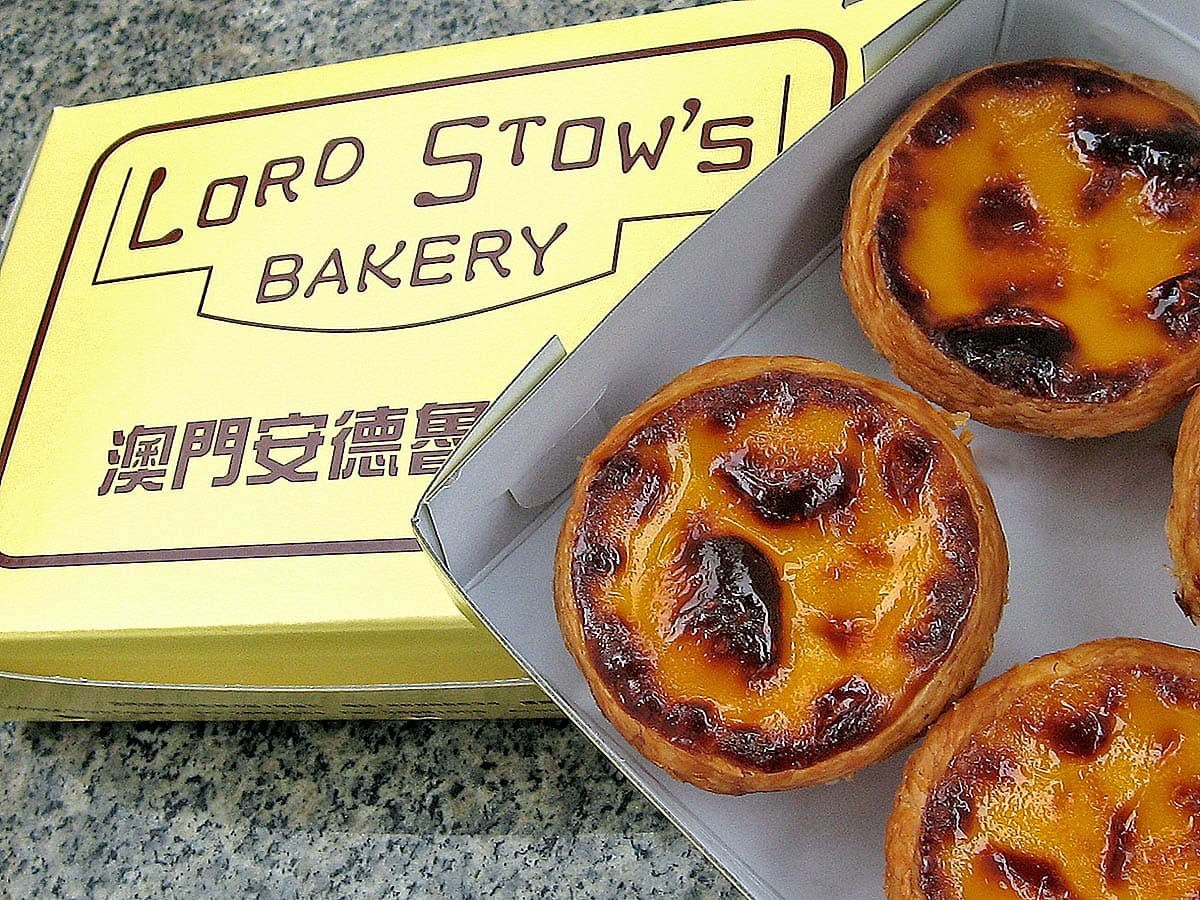
His famous tarts are torched on the top surface like crème brûlee to caramelise the sugar and blacken the surface. His original kitchen and café are located in Coloane Village but there are
other outlets throughout Macau. They cost about MOP $10 each.
Another highly regarded restaurant apart from Tapas de Portugal is A Lorcha at 289 Rua do Almirante Sérgio. Opened in 1989, it still caters to a loyal customer base. The simple décor and tables that are a tad too close do not deter the faithful who enjoy the grilled prawns, clams in garlic and olive oil (MOP $80), grilled codfish (MOP $198), and sautéed pork with clams (MOP $148). A budget meal here of salad, curried chicken, and ice cream costs MOP $256.
Street food includes the famous pork chop bun, which evolved from Portugal’s prago nu pal or veal sandwich. The famous Tai Lei Loi Kei pork chop buns cost just MOP $35.
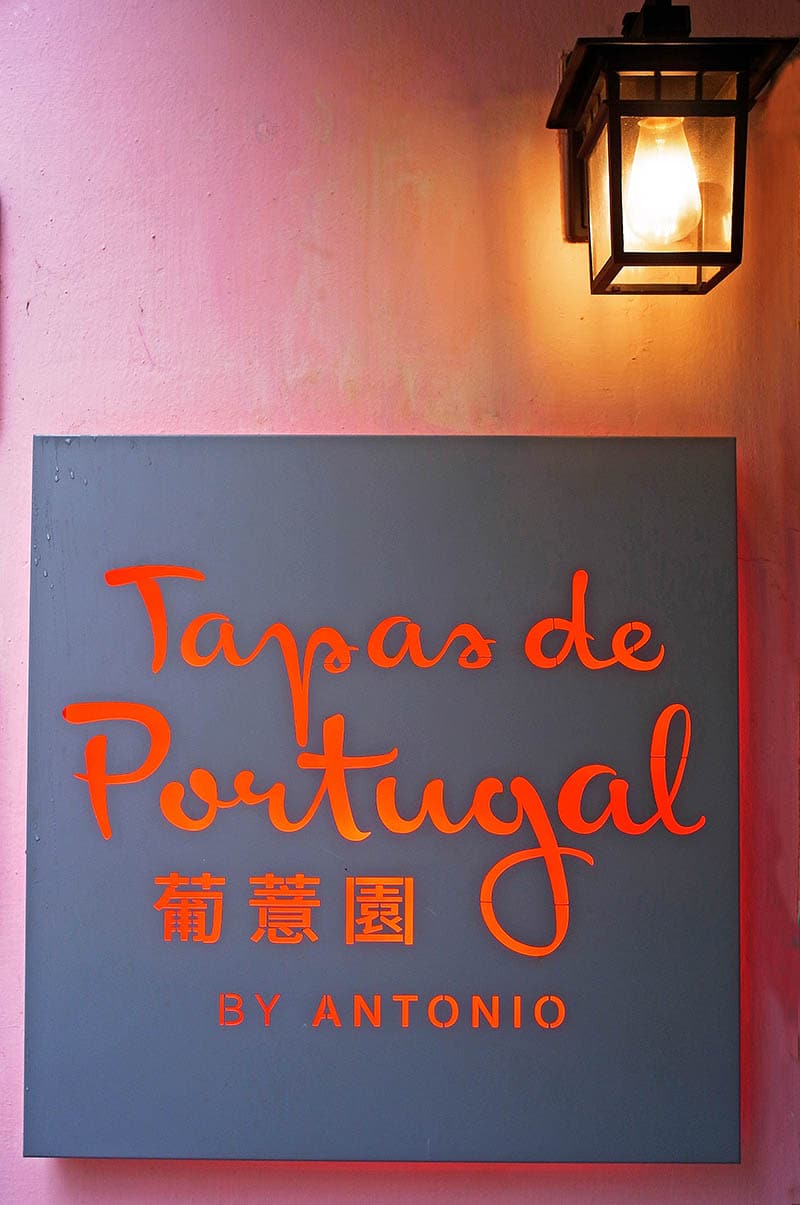
Some swear by Fernando’s while others say the hype does not match the deliverables. The best way to find out is to travel to Hac Sa Beach to appreciate how a restaurant that opened in 1986 is still relevant to diners. Some complain that this rustic restaurant with red and white checkered tablecloths has no air conditioning while others love the fact that windows allow in the fresh sea breeze.
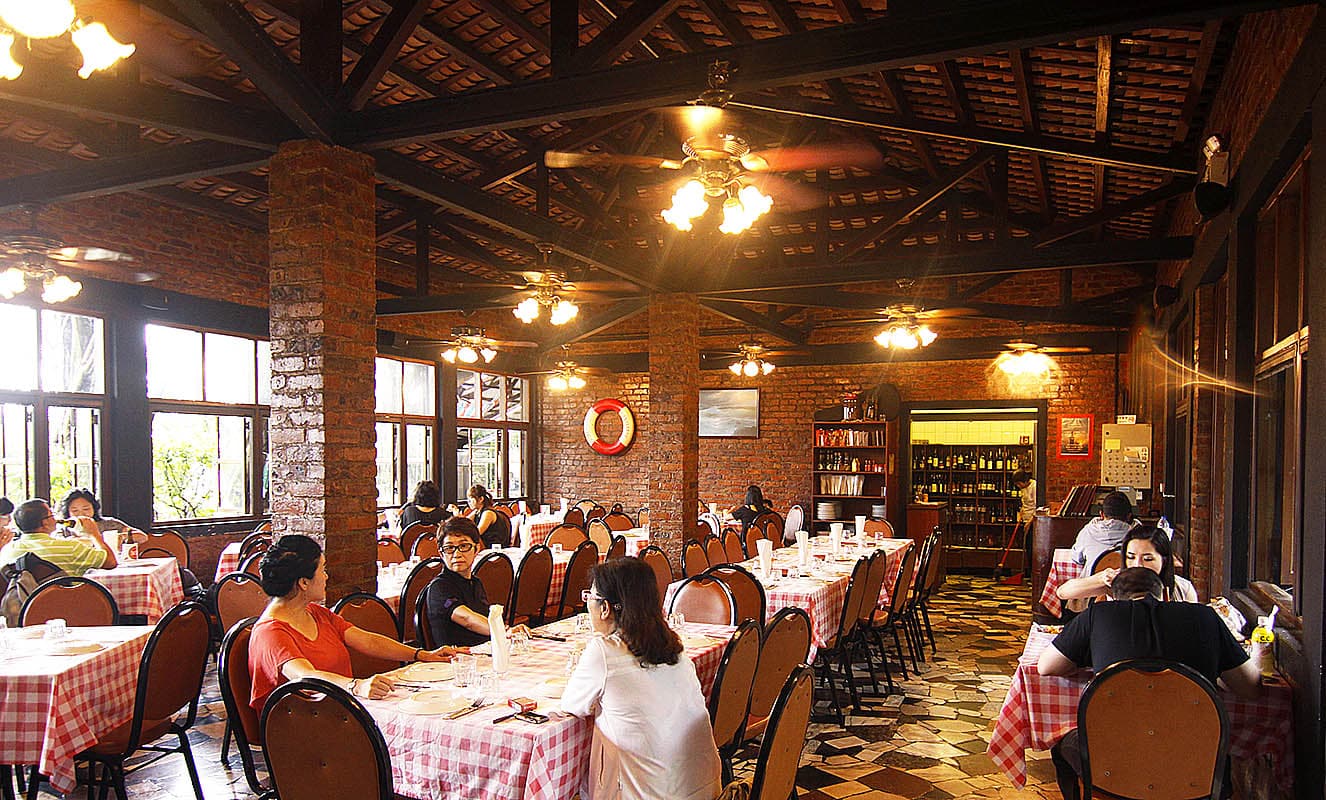
Order garlic prawns in clam sauce, grilled sea bass, African chicken (Macao’s unofficial national dish with chillies aplenty), garlic steak, and sardines accompanied by a jug of sangria to appreciate that it is the food that attracts the faithful. Expect to pay about MOP $300 per head at this restaurant.
Restaurants like Fernando’s and Tapas de Portugal have well-stocked cellars of mostly wines from Portugal. While wine production in Portugal goes back to the Roman Empire, Portuguese wines are not so common in Asia. Macau is great destination to appreciate such wines.
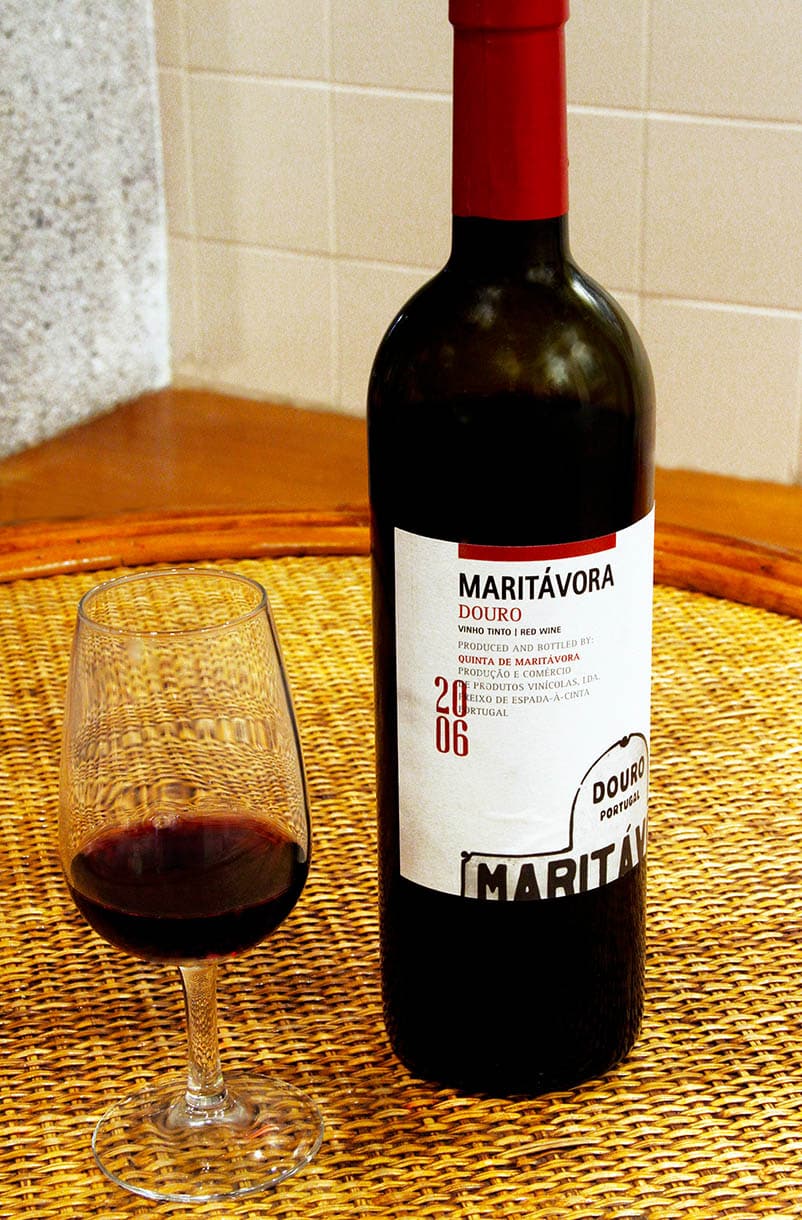
Learn more about Portuguese wine at the Macau Wine Museum that adjoins the Grand Prix Museum. One of Macau’s main claims to fame is that it has hosted a street circuit of Formula Three motor racing since 1954, with races now contested every November.
During their visit, visitors to the Wine Museum can learn about Portuguese wine, how it is made and taste a few wine styles such as red wine from the famous Douro wine region. Admission to the museum is free, but you’ll need to pay MOP $15 to sample three of the six on offer.
Stay and Dine in Style

Macau has a vast array of accommodation, mostly deluxe and luxurious and within the large entertainment resorts and hotels. The accommodation becomes more luxurious with each new opening as hoteliers try to attract guests to their new facilities.
Visitors can stay in style and dine on global dishes at the MGM Cotai where several restaurants stand out. While none here are Portuguese in style, guests have the opportunity to savour respected outlets such as Aji (a branch of Maido in Lima, ranked number ten in the World’s 50 Best Restaurants) and Grill 58 (a branch of Mirazur in France, ranked number one in the World’s 50 Best Restaurants).
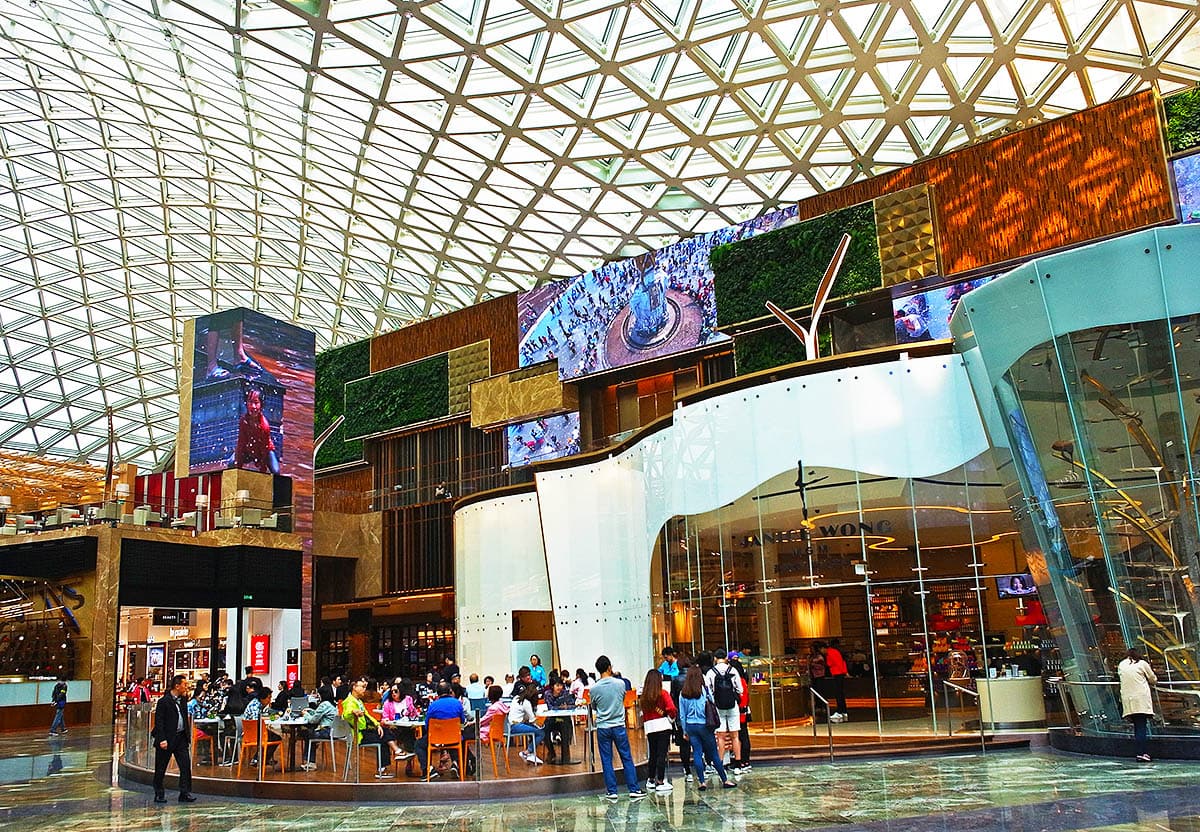
For something more traditional and away from all the hotel action, stay on the coast at the traditional Portuguese property, Pousada de Coloane Boutique Hotel.
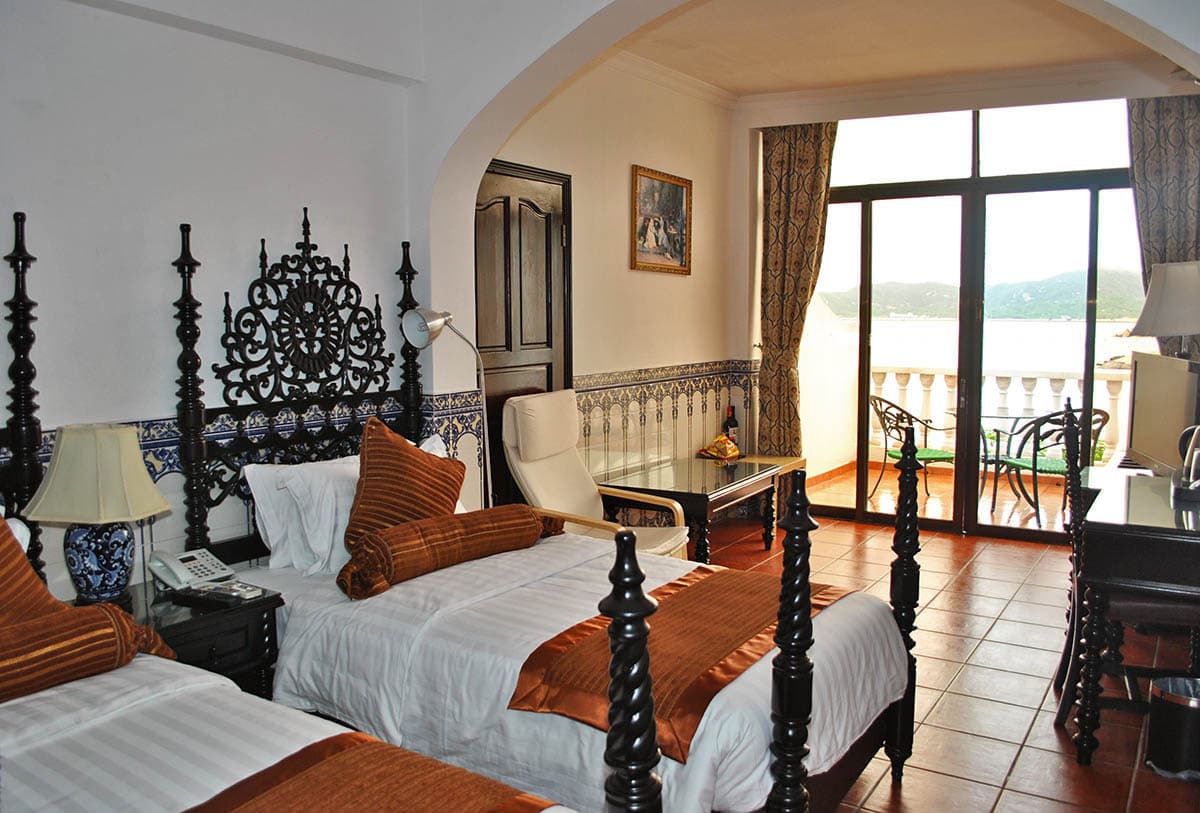
Macau Travel Tips
- Weather plays a role in holiday enjoyment. The best time to visit Macau is from mid-October to December. The rainy season is between April to October whereas the typhoon season is from July to September. Typhoons are not that common but can be very destructive and summer (mid-year) can get hot.
- Macau has an international airport and a national carrier: Air Macau. It flies to several destinations in China, Japan, Korea and Vietnam. Getting there on direct flights is also possible with AirAsia. The other possibility is to fly into Hong Kong and then catch a direct ferry to Macau.
- Getting about Macau is easy with taxis and buses.
[tabs]
[tab title=”Where to Stay” icon=”entypo-suitcase”]
[button style=’blue’ icon=”entypo-suitcase” url=’https://www.expedia.com.my/Macau-SAR-Hotels.d8724.Travel-Guide-Hotels’ fullwidth=’true’] Find Hotels in Macau [/button]
[/tab]
[tab title=”Let’s Go!” icon=”entypo-flight”]
[button icon=”entypo-flight” url=’https://www.expedia.com.my/Cheap-Flights-To-Macau-SAR.d8724.Travel-Guide-Flights’ fullwidth=’true’] Flights to Macau [/button]
[/tab]
[/tabs]